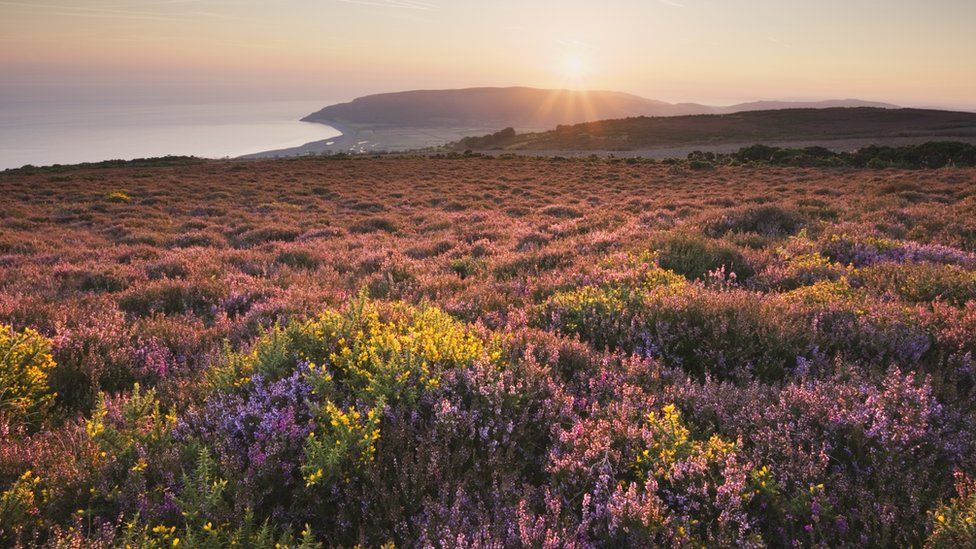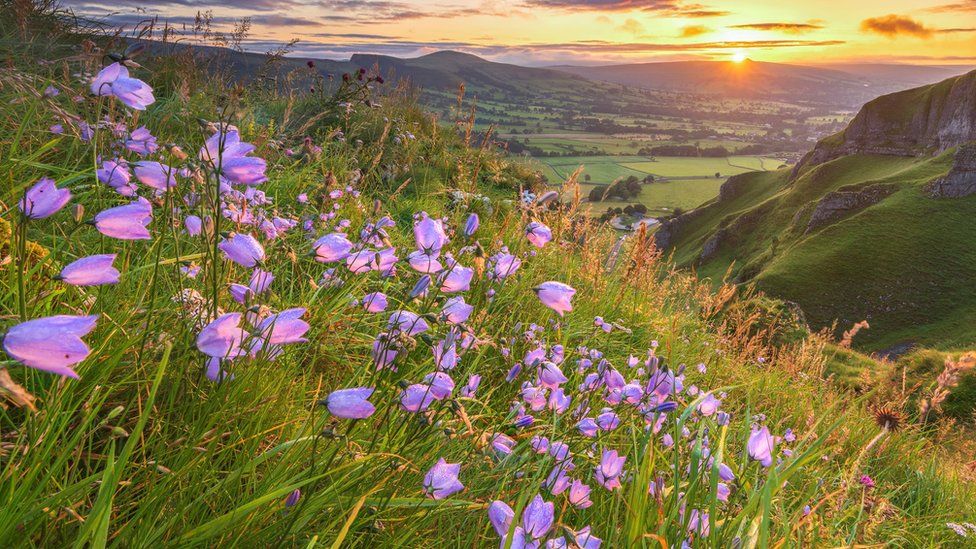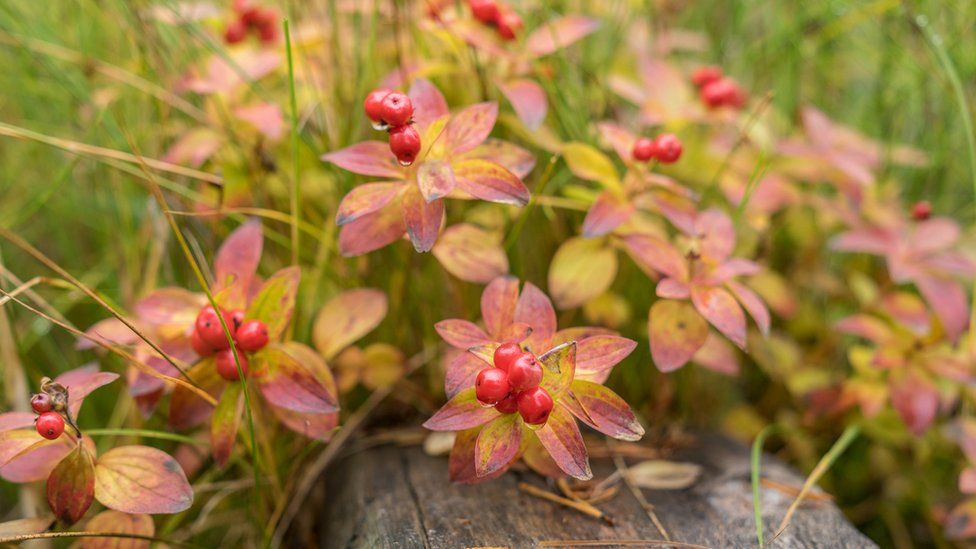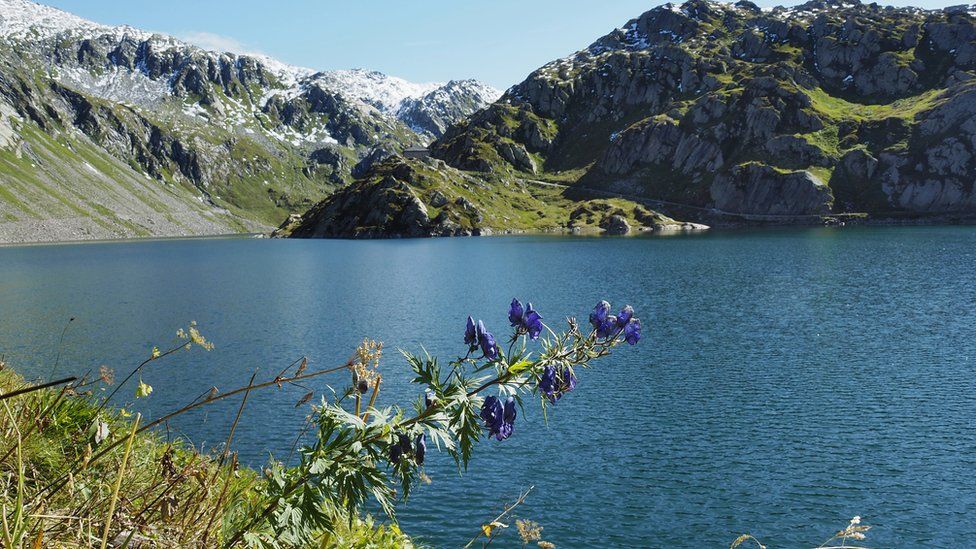Non-native species have thrived while some native plants have been hit by modern agriculture and climate change.
In a 20-year study, botanists counted more non-native than native species in the wild.
Thousands of volunteers counted millions of flora to produce a Plant Atlas covering the UK and Ireland.
Britain is now one of the most nature-depleted countries in the world. That decline in biodiversity is also the subject of a new BBC documentary, Wild Isles, presented by Sir David Attenborough. One in every five plant species in the UK is listed as threatened.
The Plant Atlas 2020 is the third produced by the Botanical Society of Britain and Ireland (BSBI). The findings are "catastrophic" for native species, explains Kevin Walker, head of science at the BSBI.
"The loss of grasslands, heathlands and other habitats would be really shocking for someone brought up in the 1950s," he suggests.
The survey also shows evidence for the first time of how climate change is affecting plant life, Dr Walker said.
Thousands of volunteers recorded 3,445 plant species, of which 1,692 were native to Britain.
But 1,753 were non-native flora that compete with native species and can become invasive. They usually escape from gardens or are thrown away for taking up too much space, but thrive in the wild. They includes the American Skunk cabbage and Japanese Rose.
The areas where half the recorded species naturally thrive has declined since the 1950s, the survey found. Heather, Alpine Lady-fern, and Devil's-bit Scabious have decreasing ranges.
But some species, including the Bee Orchid, Early Meadow-grass and Mossy Stonecrop, have expanded their ranges.
Warmer temperatures further north means that some plants have been able to move into new areas where they can grow, but flora that live on top of mountains are dramatically declining as less snow falls.
The decline in plant life is largely driven by increased use of land for intensive agriculture as well as pesticides in farming.
These have removed land that flora grow on or altered the nutrient balance in soils.
Insect, animal and human life depend on plants as pollinators must feed on flora and in turn help to produce food crops.
The survey also found 10 new plants never before recorded, such as the Saltmarsh Sedge, an arctic plant found in Scottish saltmarshes.
And some species were found to be more abundant than thought. That includes the shrub the Alpine Bearberry which was found in several new places after intensive recording in remote parts of northern Scotland.
The most significant decline in flora was found in England followed by Scotland. Wales had the smallest reduction in species.
The survey's authors say that plants can be protected with stronger laws to safeguard natural sites and extension of plants' natural habitats with sustainable land management.
They also call for "plant blindness" to be addressed, suggesting that people be taught how to appreciate and understand the importance of flora.







Comments
Post a Comment